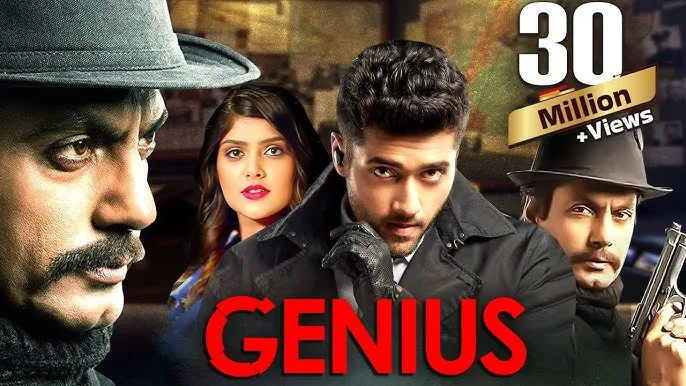In a city built on dreams, one murder exposed the nightmare beneath
The Black Dahlia (2006), directed by Brian De Palma and based on James Ellroy’s novel, is a moody, noir-drenched crime drama inspired by one of America’s most infamous unsolved murders—the brutal 1947 killing of aspiring actress Elizabeth Short. Her nickname, “The Black Dahlia,” became etched in history not just because of the crime’s savagery, but because it exposed the rot behind Hollywood’s glamorous façade.
Set in post-war Los Angeles, the film follows two LAPD detectives, Dwight “Bucky” Bleichert (Josh Hartnett) and Lee Blanchard (Aaron Eckhart), whose investigation into Short’s grisly murder draws them into a tangled web of secrets, lust, corruption, and broken dreams. What begins as a professional partnership is slowly poisoned by obsession, jealousy, and the lingering trauma of the war—both the one they fought overseas and the one simmering beneath the surface of 1940s Los Angeles.

At the center of the darkness is Elizabeth Short (played in haunting flashbacks by Mia Kirshner), a desperate young woman chasing stardom, swallowed by the very industry she idolized. Though she’s already dead when the film begins, her presence lingers like smoke—sad, seductive, and tragic. Scarlett Johansson stars as Kay Lake, the seemingly innocent girlfriend caught between the two men, and Hilary Swank plays Madeleine Linscott, a rich socialite with dangerous connections and secrets of her own.
De Palma, known for his stylish direction, fills The Black Dahlia with classic noir tropes: rain-soaked streets, venetian blinds, femme fatales, and a slow-burning narrative of moral decay. But the film divides audiences. Some praised its ambitious visuals and Ellroy-style complexity; others found it overly convoluted and emotionally distant. Still, its atmosphere is undeniable—a smoky, jazz-laced lament for innocence lost.

Unlike a traditional detective story that seeks answers, The Black Dahlia is more interested in the psychological damage inflicted by violence, obsession, and fame. It’s not about solving the mystery of who killed Elizabeth Short—it’s about what her death reveals about the people still breathing.

-1754969332-q80.webp)

-1755054813-q80.webp)